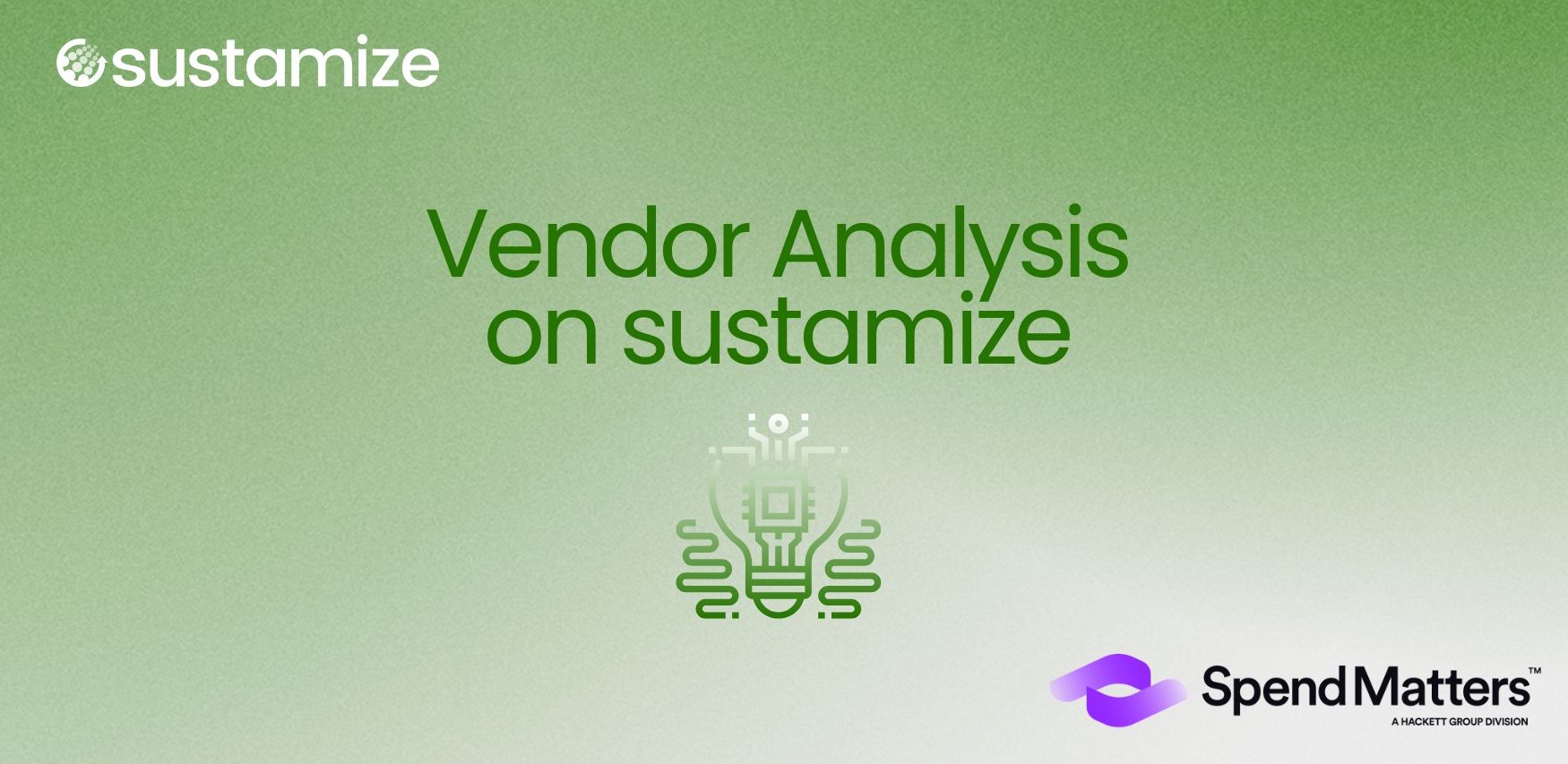Recycling Quotas, Secondary Material Quotas... What Is the Right Terminology?
Definition of key terms for proper climate action in regards to recycling quotas.

Is your goal to meet climate targets by increasing secondary materials? Then you should know your terminology. Luckily, we prepared an overview of the key terms around recycling quotas and secondary materials.
Primary material: Unprocessed virgin raw material that has not yet been processed, shaped, or altered in any way before it is used to make the final product. Example: iron ore is a naturally occurring mineral that contains the iron metal compound, which is mined and then used as a primary material to produce steel.
Secondary material: Material that has already been used in the manufacturing process and can be recovered. The secondary material has been collected and processed specifically for the purpose of being reused in the manufacturing process. For example, aluminum cans that have been collected and processed for recycling into new aluminum products are considered secondary materials.
Scrap: Waste materials left over from the manufacturing process that are no longer useful for their original purpose. As soon as scrap is reused in the product’s system, it becomes secondary material. Scrap is often sold to scrap dealers who specialize in recycling or disposal.
Recycling: Overall process (mechanical and chemical) of converting waste or material scrap into reusable material. This definition can be applied to any kind of material or product.
Circular scrap: Materials that have reached the end of their original life cycle but can be reused in new ways. Circular scrap differs from conventional scrap by being deliberately designed for reuse, rather than being leftover material. For example, filler metal casting which is typically melted and used again in the casting.
Process / Pre-Consumer / Industrial scrap: Unused material that cannot be reused in the same manufacturing process chain and must be transported to a previous system of materials supply chain for recycling (e.g., chips from milling metal material).
Post-consumer scrap: Waste materials that are generated at the end of a product's life cycle. These scraps usually consist of a mix of various materials. Recycling post-consumer scrap can be challenging due to economic and/ or technological limitations. However, with appropriate sorting and purification, it can be reintegrated into the material’s supply chain for reuse.
Waste scrap: Materials that do not have a direct purpose and cannot be readily used in recycling processes. Typically, this type of scrap is disposed of in landfills, as it cannot be effectively recycled for further use.
Recycling quota vs. secondary material quota: Often the terms are communicated as synonyms, which is not correct. The distinction between recycling quota and secondary material quota lies in the processing requirements of how the waste is introduced to a former or same process step. Secondary material refers to waste that can be directly reintroduced into a previous or same process step without additional processing. On the other hand, recycling involves “processing of waste” before its reintroduction. For instance, scrap from circular processes, where circular scrap is reused within the system (such as e.g., metal filler in casting), does not require processing before reuse, unlike recycling where materials are typically processed. As a result, quotas for secondary material differ from recycling quotas.
You want to know more about optimizing your Product Carbon Footprints by increasing the recycling quota in your products? Read our free whitepaper.



.jpg)
